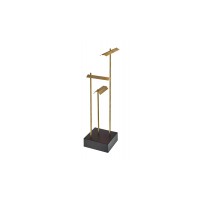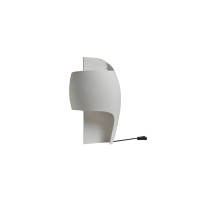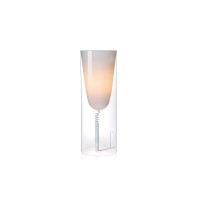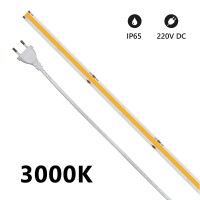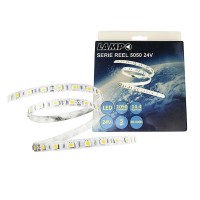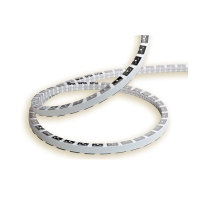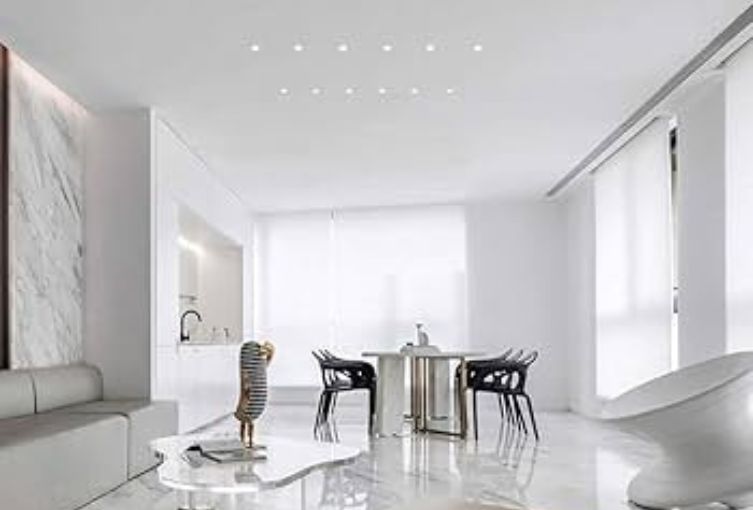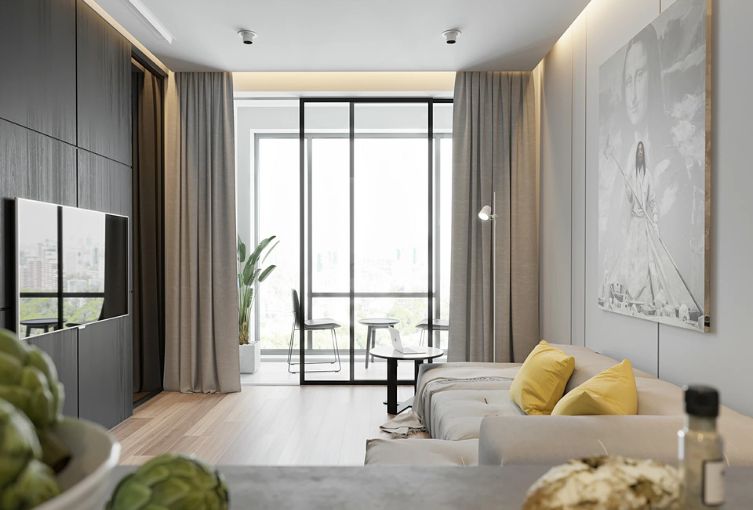Invisible light: how to use Hidden lights in interior design
Lighting plays a fundamental role in interior design, not only for its practical function but also for the atmosphere it creates. Among the most modern and sophisticated solutions, there is the so-called "invisible light", or the use of hidden lights such as LED strips, recessed spotlights and indirect lighting.
These techniques allow you to obtain surprising visual effects without the light source being directly visible, helping to create refined, welcoming environments with a strong aesthetic impact.
So do you want to create a minimal and tidy environment without the hindrance of a lamp? Invisible light is then the right solution for you!
Hidden lighting for modern and minimalist environments
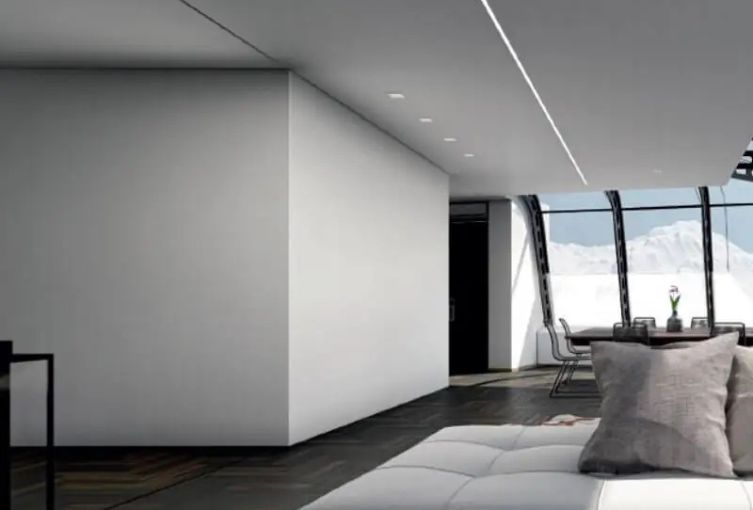
The strategic use of invisible light is particularly appreciated in modern and minimalist environments, where the goal is to obtain tidy, harmonious spaces free of superfluous elements.
Thanks to hidden light sources, it is therefore possible to outline the volumes of the environments without the visual hindrance of traditional lamps. This type of lighting can be used to highlight architectural features, create depth, or add a touch of discreet elegance to domestic and commercial spaces.
How to get invisible light
The techniques for getting invisible light range from recessing spotlights into false ceilings to diffusing light onto reflective surfaces. One of the most commonly used solutions is to insert recessed lamps into niches in the ceiling or walls, so that the light source remains hidden from view but uniformly illuminates the room.
Another effective method consists of using LED strips positioned behind panels, under shelves or along the edges of a room. These elements emit a soft light that delicately envelops the space, without generating sharp shadows or glare.
Alternatively, a similar effect can be obtained by diffusing the light rays of a primary source onto a larger and more reflective surface, such as a light-coloured wall or ceiling, creating uniform lighting without direct light points.
The advantages of invisible light
The use of hidden lights offers numerous advantages both from an aesthetic and functional point of view:
* It envelops the space without creating glare, making the rooms more comfortable and welcoming.
* Distributes light evenly, avoiding annoying shadows and dark areas.
* Does not generate a sharp contrast between light and shadow, contributing to a relaxing and harmonious atmosphere.
* Gives a modern and elegant touch to interiors, thanks to its ability to integrate light into the architectural structure without bulky elements.
Where and how to use invisible light
Hidden light is extremely versatile and can be used in various domestic and commercial contexts:
* Living rooms, studies and bedrooms: to create soft and welcoming lighting, ideal for relaxation.
* Outline the contours of a room: LED strips along the walls or under furniture allow you to emphasize architectural forms.
* Create suggestive atmospheres: by varying the temperature and intensity of the light, you can obtain different effects depending on your needs and the occasion.
Customization and control of lighting
One of the most interesting aspects of invisible light is the ability to customize the lighting based on your preferences. Adjustable LED strips allow you to change the intensity and color temperature, switching from warm and relaxing tones to cold and dynamic lights.
Furthermore, integration with home automation systems allows you to control the light via apps or voice commands, making the use of hidden lighting even more practical and flexible.
The use of recessed lamps with LED sources finally offers a long-lasting and energy-efficient solution, reducing consumption and ensuring optimal brightness for every room.
In conclusion, invisible light represents an evolution of traditional lighting, capable of radically transforming spaces thanks to its ability to integrate perfectly into interior design.
Thanks to the use of recessed lights, LED strips and hidden spotlights, it is possible to create refined, modern and functional environments without compromising aesthetics.
Customizable, discreet and extremely effective, this technique proves to be a winning choice for those who want sophisticated and timeless lighting.
Come and discover invisible lights on our Diffusione Luce website!
Written by Alice Pruccoli
Share this content
